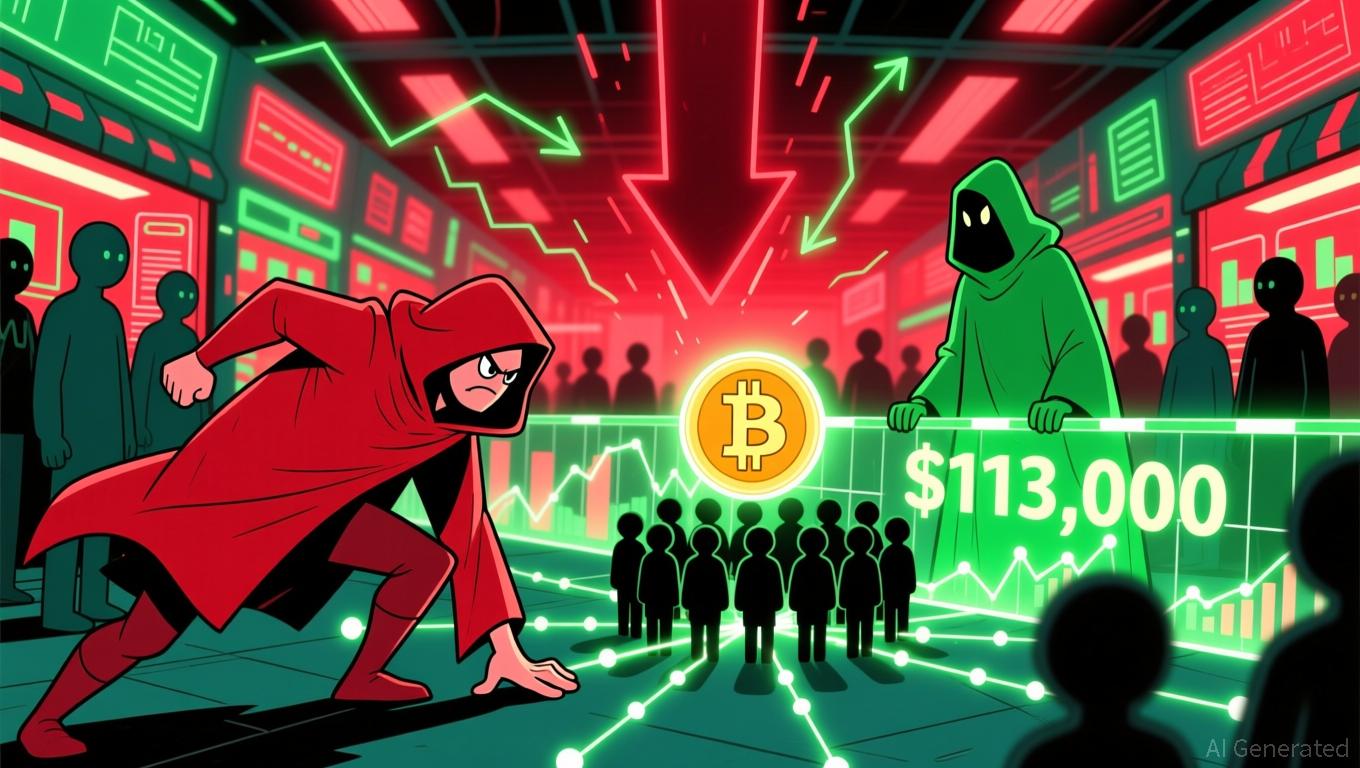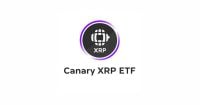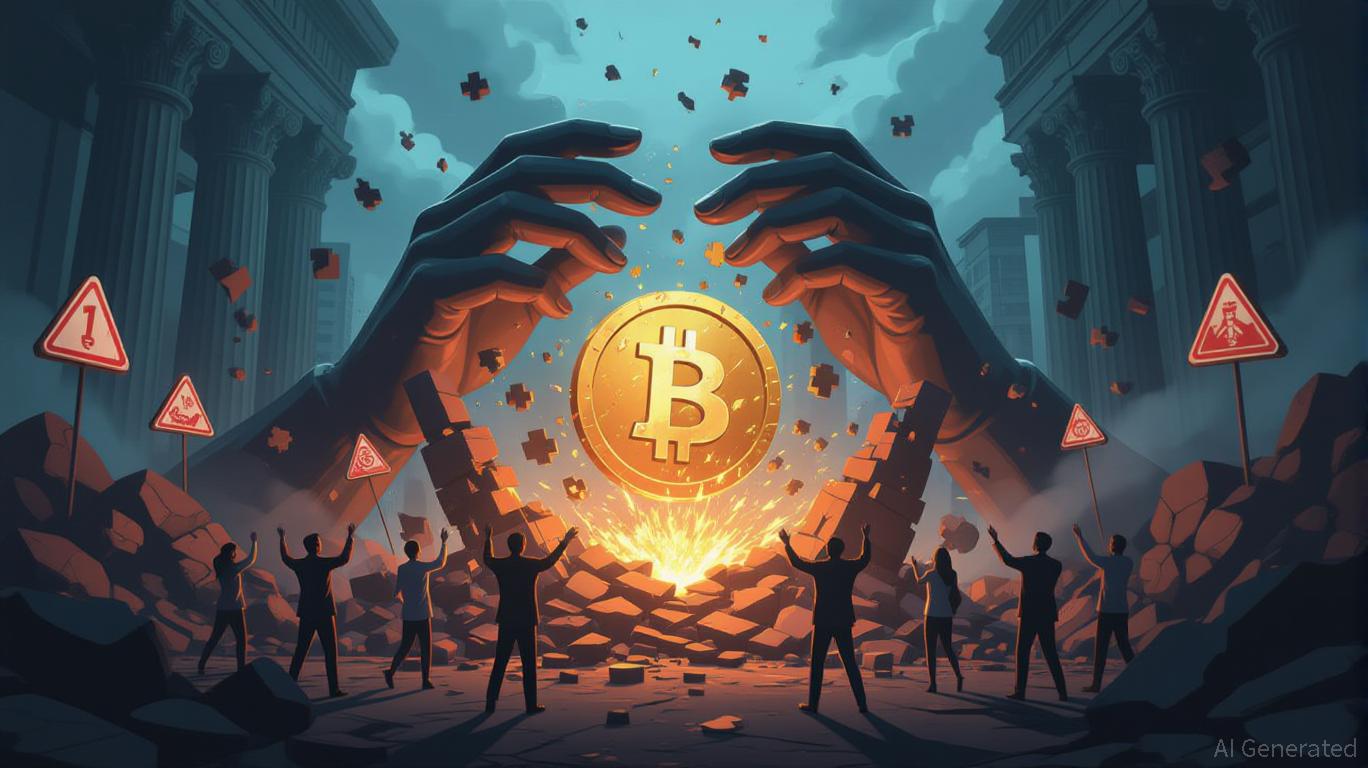Bitcoin News Update: Short-Term Holders Increase Holdings While Long-Term Holders Realize Gains—$100K Becomes Key Level
- Bitcoin fell below $100,000 as Coinbase premium hit a seven-month low, reflecting weak U.S. demand and ETF outflows. - On-chain data shows short-term holders (STHs) accumulating Bitcoin while long-term holders (LTHs) moved 363,000 BTC to STHs, signaling mixed market dynamics. - Analysts highlight a "mid-bull phase" with STHs absorbing selling pressure, and a $113,000 support level critical for potential rallies to $160,000–$200,000 by late 2025. - The Fear and Greed Index entered "Extreme Fear," and exch
This week, Bitcoin’s value slipped under $100,000 as the

Blockchain indicators present a mixed scenario. STHs, who generally keep Bitcoin for fewer than 155 days, have seen their net position change hit a yearly peak, pointing to renewed buying. In contrast, long-term holders (LTHs), who hold 73.6% of the total supply, continue to realize profits, with more than 363,000 BTC moving from
According to Bitcoin Magazine’s review of on-chain data, the outlook is more positive. The realized price for STHs—an estimate of the average entry price for recent buyers—is now at $113,000, serving as a key support. If Bitcoin stays above this level, historical trends indicate the market could climb to $160,000–$200,000 by late 2025, driven by the MVRV (Market Value to Realized Value) ratio, per a
At the same time, the Fear and Greed Index has dropped into “Extreme Fear,” a technical signal that often marks short-term market bottoms. Exchange reserves are also near a seven-year low at 2.38 million BTC, indicating that immediate selling pressure is limited. Analysts like Michaël van de Poppe believe that a sustained move above $112,000 would signal a return to bullish momentum.
The differing actions of STHs and LTHs highlight a broader market trend: while short-term traders are preparing for a possible rebound, long-term holders remain cautious. This ongoing push and pull illustrates Bitcoin’s evolution as an asset, with greater institutional involvement increasing both liquidity and volatility. For now, traders are closely monitoring the $100,000–$104,000 zone, where previous liquidity absorption could lay the groundwork for a stronger upward move.
Disclaimer: The content of this article solely reflects the author's opinion and does not represent the platform in any capacity. This article is not intended to serve as a reference for making investment decisions.
You may also like
Canary XRP ETF attracts $245 million in net inflows on first trading day

Ethereum Updates Today: Surge in Stablecoins Fuels Discussion: Expansion or Threat to International Financial Stability
- Fed's Stephen Miran highlights stablecoins as a transformative force in emerging markets, outcompeting traditional banking systems and driving economic growth. - JPMorgan and DBS develop blockchain-based tokenization frameworks to enable 24/7 real-time cross-bank payments via tokenized deposits. - Ethereum's tokenized assets surge to $201B, with stablecoins dominating DeFi and cross-border transactions, driven by institutional adoption. - Cathie Wood cuts Bitcoin price forecasts due to stablecoin adoptio

Solana News Update: Institutional Investors Drive Solana ETFs Higher While Price Approaches $144 Support Level
- Solana ETFs gained $351M in 11 days as institutional buyers "buy the dip," despite a 20% price drop to $155. - Technical indicators show bearish pressure with RSI at 37 and critical $144 support level at risk of breakdown. - Institutional confidence contrasts with retail profit-taking, while NYSE's new options trading adds complexity to market dynamics. - Analysts debate $173 resistance breakout potential vs. $120-$80 downside risks amid $3.2B+ year-to-date institutional inflows.

COAI Token Fraud: An Urgent Alert for Cryptocurrency Investors
- COAI token's 2025 collapse exposed DeFi and algorithmic stablecoin vulnerabilities, triggering market turmoil and regulatory scrutiny. - Centralized governance (87.9% token control) and opaque liquidity models enabled manipulation, while fragmented regulations (GENIUS Act, MiCA) worsened compliance risks for smaller projects. - Investors now prioritize due diligence on team transparency, regulatory compliance, and tokenomics, as COAI's lack of audits and centralized control highlighted systemic risks. -
